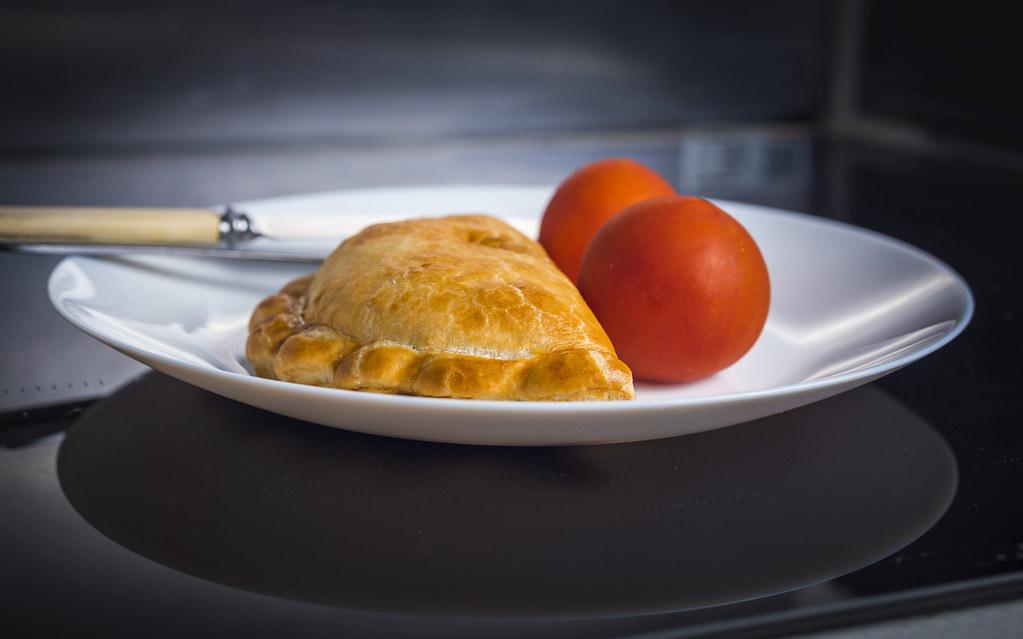Embarking on a weight loss journey can often feel like navigating a complex maze of dietary advice and nutritional myths. However, crafting a customized meal plan tailored specifically to your unique needs and goals can serve as a powerful compass, guiding you towards sustainable success. In this article, we will unravel the complexities of personalized nutrition and empower you with the knowledge and tools necessary to design an effective meal plan that aligns with your lifestyle, preferences, and weight loss ambitions. With a confident stride, we will explore the essential components of a balanced diet, the importance of portion control, and the art of mindful eating, ensuring that your path to a healthier you is both attainable and enjoyable.
Understanding Your Nutritional Needs for Effective Weight Loss
To effectively tailor a meal plan that aligns with your weight loss goals, it’s crucial to first understand the unique nutritional requirements of your body. Recognizing the balance between macronutrients—proteins, carbohydrates, and fats—and micronutrients—vitamins and minerals—is essential for maintaining energy levels and promoting fat loss. Start by calculating your daily caloric needs using your basal metabolic rate (BMR) and activity level. This will give you a baseline for how many calories you should consume to maintain your current weight. To lose weight, create a caloric deficit by consuming fewer calories than you burn, but ensure it’s a sustainable and healthy deficit.
- Proteins: Essential for muscle repair and growth, aim for lean sources such as chicken, fish, tofu, and legumes.
- Carbohydrates: Focus on complex carbs like whole grains, vegetables, and fruits to provide sustained energy.
- Fats: Incorporate healthy fats from sources like avocados, nuts, and olive oil to support hormone function.
Moreover, staying hydrated and including a variety of foods in your diet can prevent nutrient deficiencies and keep your metabolism active. Consider consulting with a nutritionist to tailor your meal plan further, ensuring it meets your specific health needs and weight loss targets. Remember, the key is balance and consistency, not restriction.

Crafting Balanced Meals with Essential Macronutrients
Creating meals that support weight loss while ensuring nutritional balance can be both an art and a science. At the heart of effective meal planning are the essential macronutrients: proteins, carbohydrates, and fats. Each plays a pivotal role in your body’s functionality and energy levels. Here’s how you can craft a meal that incorporates these elements:
- Proteins: Aim to include a lean protein source in every meal. Think of options like grilled chicken, tofu, or lentils. Proteins are crucial for muscle repair and keeping you satiated longer.
- Carbohydrates: Opt for complex carbohydrates like quinoa, sweet potatoes, or whole grains. These provide sustained energy and are rich in fiber, which aids digestion.
- Fats: Don’t shy away from healthy fats. Incorporate avocados, nuts, or olive oil to help absorb essential vitamins and keep your heart healthy.
Balancing these macronutrients not only fuels your body efficiently but also helps maintain energy levels throughout the day, making it easier to stick to your weight loss goals.

Incorporating Portion Control for Sustainable Results
Mastering the art of portion control is a pivotal element in crafting a meal plan that delivers lasting weight loss results. By focusing on the right portion sizes, you can enjoy a wide variety of foods without feeling deprived. Start by familiarizing yourself with what constitutes a serving size for different food groups. For instance, a serving of protein might be the size of your palm, while a serving of grains could be the size of your fist. Using smaller plates can trick your mind into feeling satisfied with less food, helping to naturally reduce your calorie intake.
- Measure your portions with kitchen scales or measuring cups to gain an accurate understanding.
- Fill half your plate with vegetables to increase volume without adding excess calories.
- Be mindful of liquid calories, opting for water or herbal teas instead of sugary drinks.
- Listen to your body’s hunger cues and stop eating when you’re comfortably full.
By consistently practicing portion control, you not only support your weight loss goals but also foster a healthier relationship with food. This approach is sustainable, allowing you to enjoy the foods you love while maintaining balance and moderation.
Adapting Your Meal Plan to Fit Your Lifestyle and Preferences
Creating a meal plan that aligns with your lifestyle and preferences is crucial for sustainable weight loss. Instead of following a rigid diet, consider a flexible approach that accommodates your daily routine and food choices. Start by identifying your dietary preferences and any food intolerances or allergies. This will help you build a plan that you can enjoy and stick with long-term. It’s also important to evaluate your daily schedule. If you’re busy during the week, plan for quick, easy-to-prepare meals or batch-cook on weekends to save time.
- Personalize Your Portions: Adjust portion sizes to meet your caloric needs. Use online calculators or consult a nutritionist to determine the right amount for you.
- Incorporate Favorite Foods: Include healthy versions of your favorite dishes to maintain satisfaction and prevent cravings.
- Plan for Flexibility: Allow room for occasional treats or dining out. Balance is key to maintaining your meal plan over time.
By aligning your meal plan with your lifestyle, you increase the likelihood of success and make the journey to weight loss more enjoyable and manageable. Remember, the best meal plan is one that fits seamlessly into your life, providing nourishment and satisfaction.




